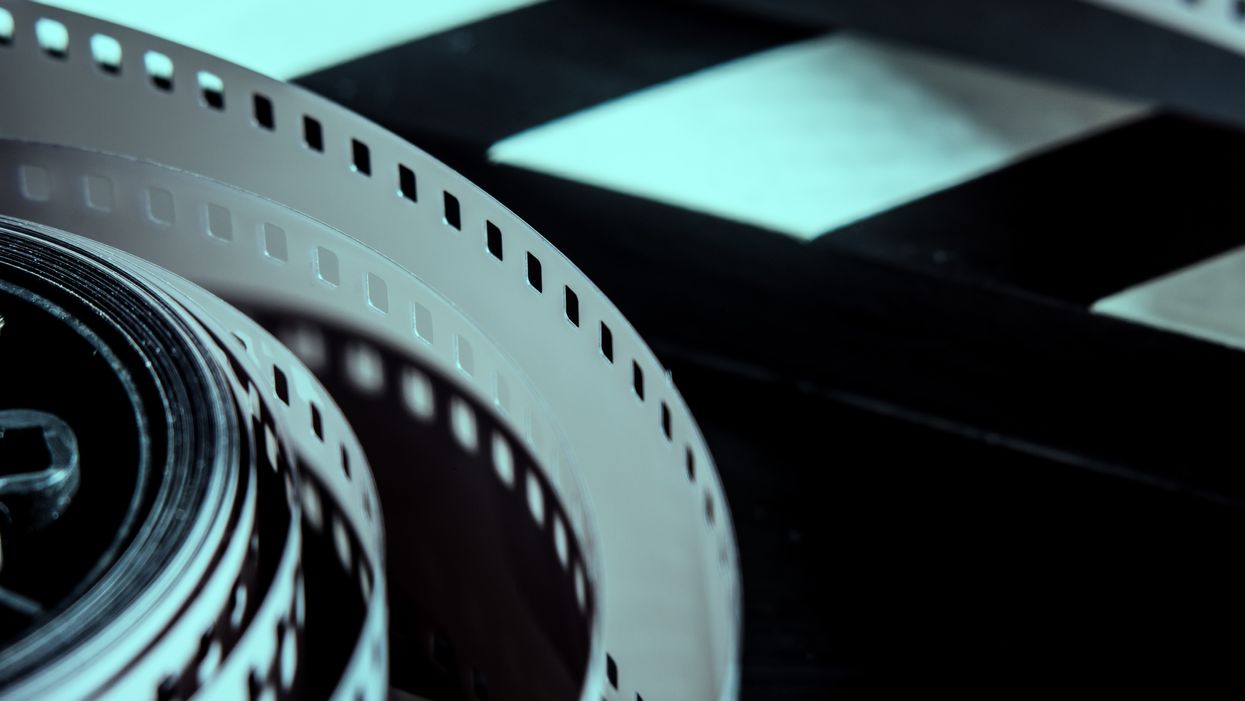5 Techniques That Can Help You Find the Perfect Place to Edit a Shot
There are thousands upon thousands of cuts to make as an editor, but how do you know if you're making them in the right spot?

Some editors, like Chantal Akerman, will say the editing skill is instinctual, and that you'll feel it when you make a good edit, whereas others, like Walter Murch, will say it's something that must be practiced until it's perfected. Whichever side of the discourse you fall on, editor Sven Pape has shared 5 helpful tips you can use to help you both feel the edit as well as practice your technique.
Real-time editing
This is a technique Walter Murch suggests applying when trying to find the right place to cut. Essentially, you just let the clip play and then pause where you feel a cut should be made. Repeat this until you start hitting the same frame over and over. In theory, this is where your instincts are telling you an edit point should be.
Turn off audio
Since most editors edit audio and visuals separately, some of them think that editing one while the other is playing can be distracting. So, if you're trying to find the right places to cut your footage, turning off the audio might help you stay more focused on the visual information.
Radio cutting
Basically the opposite of the previous technique, radio cutting is editing your footage based on the audio alone. You can do this by simply listening to the flow of the audio or by pulling up your waveform monitor.
Frame futzing
With this technique, editors go frame by frame to find the place where they want to cut. Maybe you want to cut right after a blink or a door close—this will help you cut right at the exact frame you want. This technique is probably the one I would advise most editors not to do in most cases because it negates the emotional element that drives editing in the first place. On the other hand, if you're editing a music video or want to employ some rhythmic edits where each cut falls on a specific beat, this technique will definitely help you.
Trial and error
This is what I'm going to call the "F*** it! I'm going rogue!" technique, and I'm sure most of us, probably out of frustration, have gone this route before. According to Pape, randomly cutting might actually leave you with a happy accident, an edit that works perfectly or is new and creative. It's probably best if you don't use this technique often, especially on serious projects, but it's a good way to practice and experiment when editing some random footage.
These editing techniques are a great place to start if you're having trouble finding the right place to edit. Use one, none, or some combination of all five to take your editing game to the next level. And these are just five—there are plenty of others out there! Share yours down in the comments below.
Source: This Guy Edits











